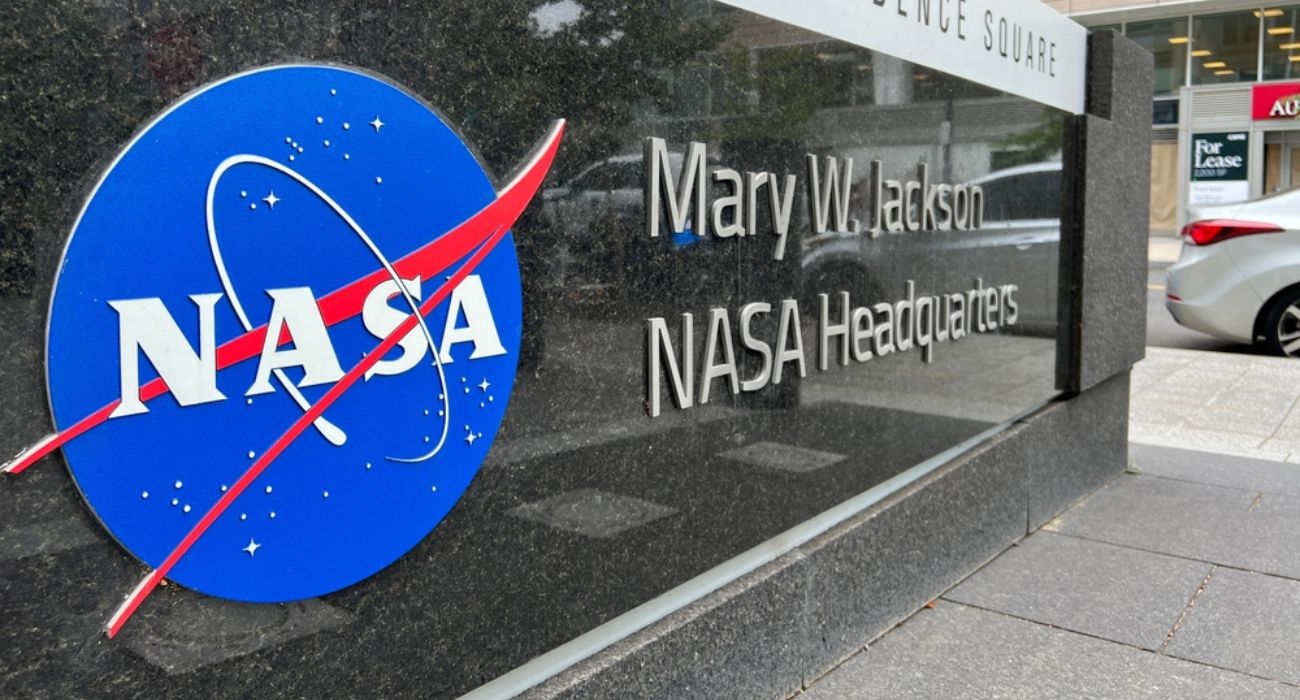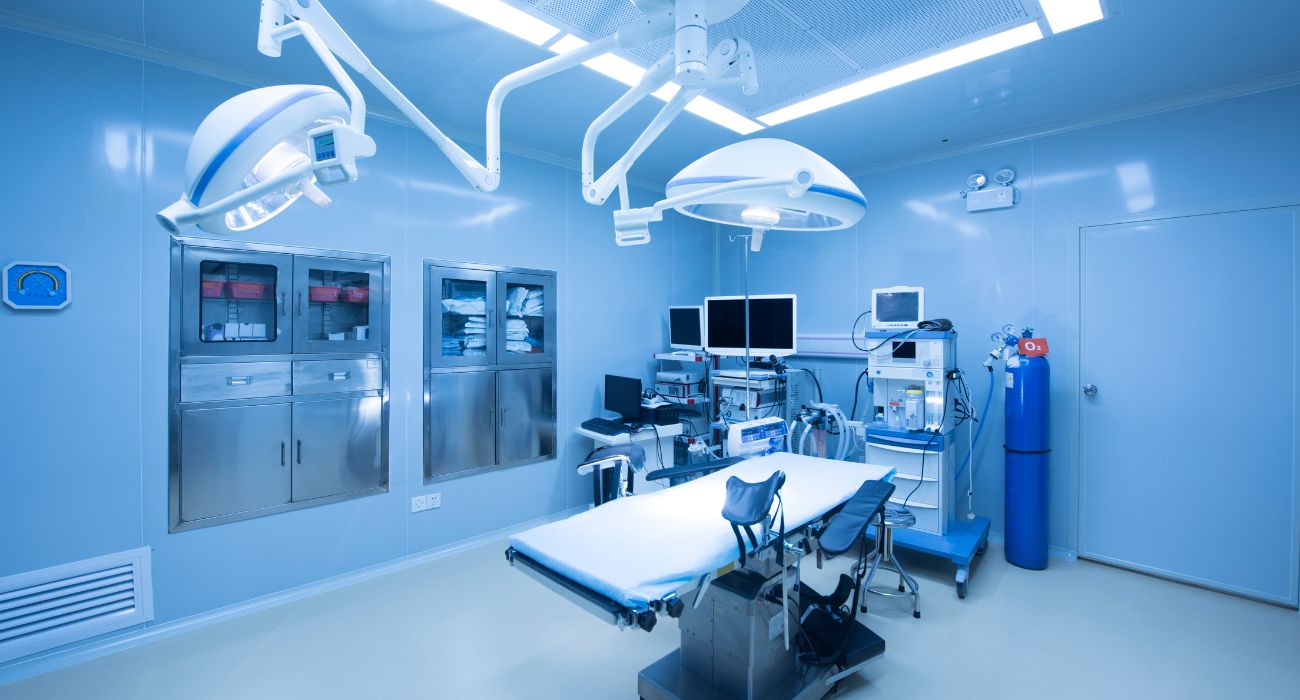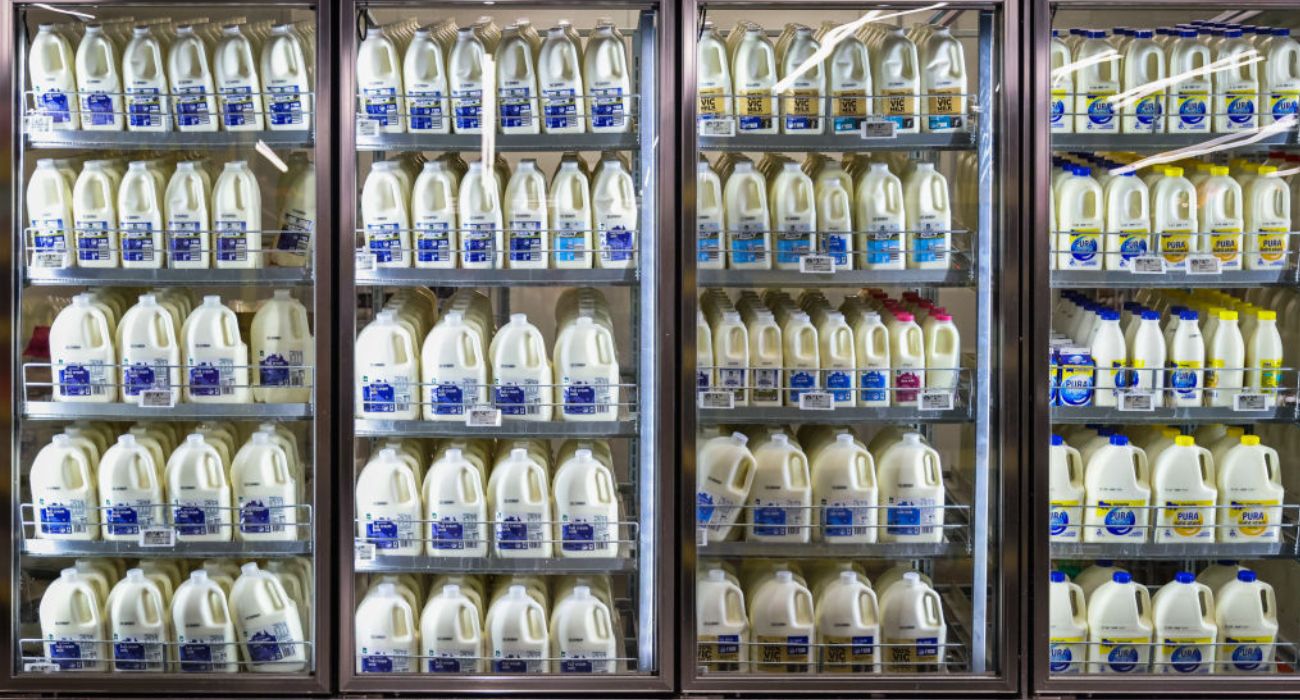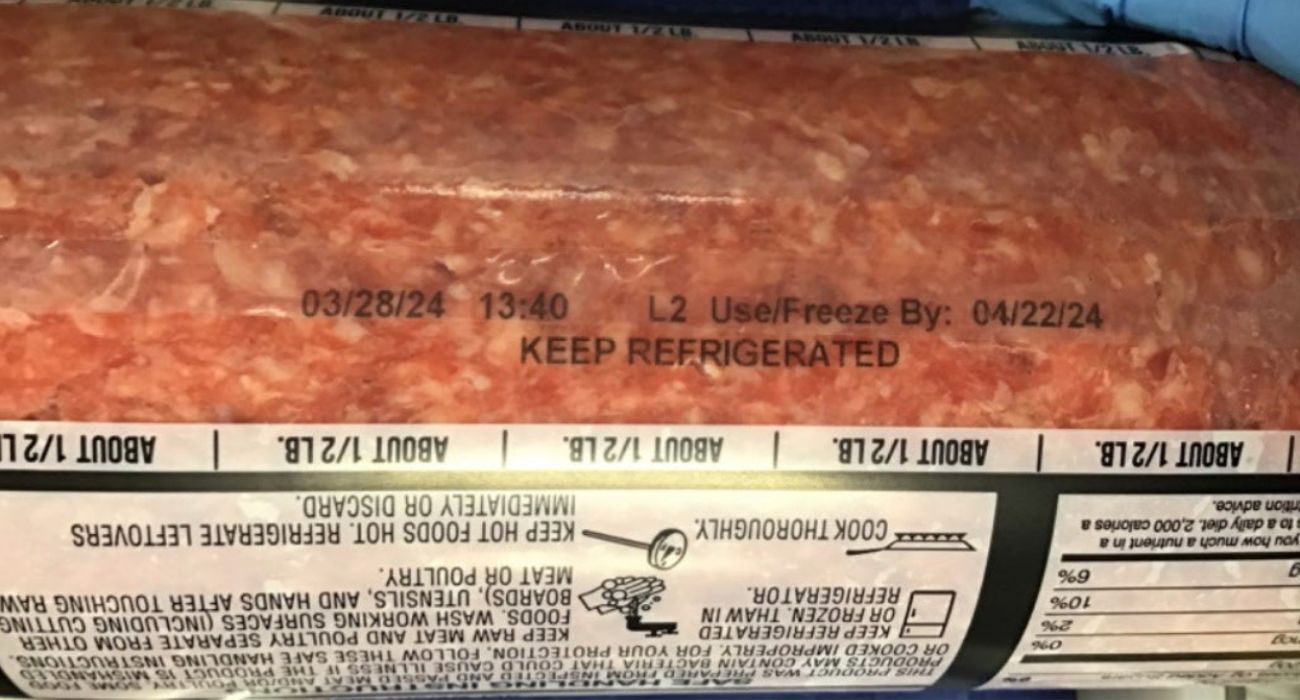NASA is making significant strides in advancing the future of safety in aviation by implementing improvements that could pave the way for new technologies, including air taxis.
The space agency announced on November 2 that it and its partners in government, industry, and academia have completed Technical Challenge 1 (TC-1), part of its System-Wide Safety project.
TC-1 is a system for Terminal Area Risk Management, which is a critical component for developing an “In-Time Aviation Safety Management System” designed to account for safety issues in the future that may prove difficult for humans to manage.
“Now, let’s think about the airspace of tomorrow. Instead of 10 airplanes total, 10 air taxis, 10 ultra-efficient airliners, and 10 commercial supersonic jets might be sharing the same confined airspace,” read a news release from NASA.
“Preventing and addressing hazards would become a more complex issue nearly impossible for a person to identify in time to prevent an accident,” NASA added.
Scientists are laying the groundwork for this new technology by implementing new machine-learning algorithms that utilize current data on existing air traffic as well as on human traffic controllers, pilots, and other aviation professionals.
“We focused on gathering data on current-day operations, but always have an eye for the near future,” said Nikunj Oza, subproject manager for TC-1, per NASA’s news release. “We can use the lessons learned about current aviation safety to best inform new systems.”
Officials claim that introducing this new system will also improve the efficiency of overall airspace travel.
“What we’ve accomplished with TC-1 is really just beginning to scratch the surface of what’s possible,” said Kyle Ellis, NASA’s project manager for System-Wide Safety.
“Developing these systems enables a new economy for aviation uses that will benefit us all in the future,” he said.
The use of drones and other crewless aerial vehicles has been steadily increasing across the United States, with Amazon, in particular, using drones to deliver prescription medication to College Station residents, as The Dallas Express reported.






